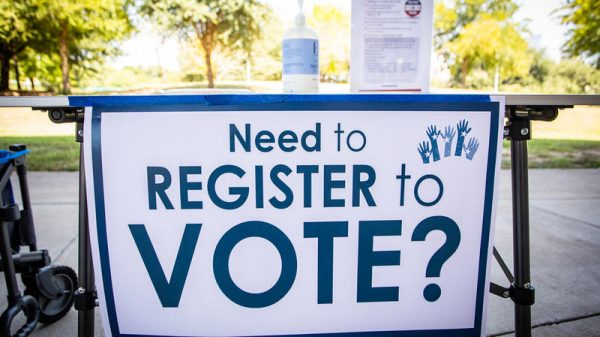Texans with college loans face payment resumption as Supreme Court blocks Biden’s debt forgiveness plan impacting 1.4 million borrowers. However, a new repayment plan, called the Saving on a Valuable Education (SAVE) plan brings potential savings and benefits.

A new repayment plan, called the Saving on a Valuable Education (SAVE) plan brings potential savings and benefits. (Photo: iStock)
New Repayment Plan Offers Texans Relief
The new repayment plan known as the SAVE plan, is an update to the existing Revised Pay As You Earn (REPAYE) plan, which is the largest federal income-driven repayment plan. It determines monthly payments based on borrowers’ income rather than the amount owed, making repayment more manageable, Yahoo reported.
The new repayment plan aims to address some of the issues associated with the current REPAYE plan. The key change is that the SAVE plan will replace REPAYE, offering enhanced benefits. The SAVE plan is set to take effect on July 1, 2024, according to the Department of Education. However, certain aspects of the plan will be implemented this summer before student loan payments resume in October.
Additional changes, such as reducing undergraduate borrowers’ monthly payments to 5% of their discretionary income and forgiving outstanding debts for loans up to $12,000 after 10 years, will be implemented next July.
In many cases, the monthly payments calculated using this method are lower than the accruing interest, leading to an increase in the total debt over time. The new repayment plan aims to put an end to this by offering a revised repayment structure.
READ ALSO: Student Loan Repayments: Here’s What To Do If Your Payments Have Been Reinstated
Revised Repayment Structure of the New Repayment Plan
Consider a single undergraduate borrower earning $60,000 annually, according to tax returns. Under the new repayment plan called SAVE plan, this borrower’s discretionary income, which is the amount earned above 225% of the poverty guideline, would be $27,195. The borrower would then be required to allocate 5% of this amount, totaling $1,360 for the year, towards loan repayment.
As a result, their monthly payment would be approximately $113. If the borrower’s monthly payment doesn’t cover the accruing interest, the total debt wouldn’t decrease, but it would also not increase. If the loan is not fully repaid within 20 years, the remaining balance would be canceled.
All current REPAYE borrowers will automatically transition to the new repayment plan, the SAVE plan.
Additionally, borrowers on other repayment plans, including income-driven and non-income-driven options, may also apply for the SAVE plan as long as they have a federal direct loan. This includes Direct Subsidized Loans, Direct Unsubsidized Loans, DirectPLUS Loans, and Direct Consolidation Loans provided directly by the U.S. Department of Education. However, borrowers with Parent PLUS Loans are currently ineligible for the SAVE plan.
To switch to the SAVE plan or inquire about repayment options, borrowers should contact their loan servicer, and there is no charge for the switch.
READ ALSO: Student Debt Relief Plan: 1965 Law As Plan B If U.S. Supreme Court Blocks Program




![Tyson Foods Plant [Photo: Food Manufacturing]](https://southarkansassun.com/wp-content/uploads/2023/08/iStock_1185520857__1_.5e441daa51cca-600x337.jpg)








![Silverado Senior Living Management Inc. [Photo: Los Angeles Times]](https://southarkansassun.com/wp-content/uploads/2023/10/download-6-4-600x337.jpg)

![China's Wuhan Institute of Virology [Photo: Nature]](https://southarkansassun.com/wp-content/uploads/2023/09/d41586-021-01529-3_19239608-600x337.jpg)















